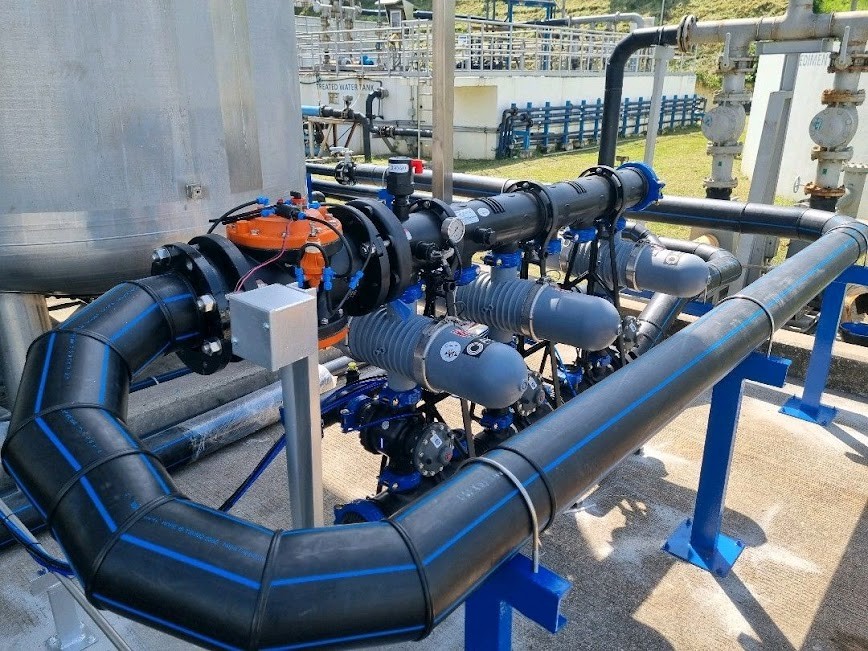
Civil Engineering:: Water Supply Engineering
Water Supply Engineering is a sub-discipline of civil engineering that deals with the planning, design, construction, operation, maintenance, and management of water supply systems. Its primary focus is to ensure a reliable and safe supply of potable (drinking) water to communities and industries. Here are some key aspects of Water Supply Engineering:
Water Sources: Engineers in this field identify and develop water sources such as rivers, lakes, groundwater, and reservoirs. They assess the quality and quantity of available water and choose the most suitable sources.
Intake Structures: Designing intake structures to withdraw water from the source is a critical part of water supply engineering. These structures need to consider the flow rate, water quality, and environmental impact.
Water Treatment: The raw water extracted from natural sources usually requires treatment to make it safe for consumption. Engineers design and oversee the construction of water treatment plants, which involve processes like coagulation, flocculation, sedimentation, filtration, and disinfection.
Transmission and Distribution: After treatment, the treated water is transported to the distribution network. Engineers design pipelines, pump stations, and storage facilities to ensure that water can reach the end-users efficiently. This may involve selecting the appropriate pipe materials and sizes, determining the layout of the distribution network, and addressing issues like water pressure management.
Hydraulics and Pumping: Water supply engineers work on the hydraulic design of the distribution system to ensure that water flows smoothly and with adequate pressure. This often involves the use of pumps to maintain the desired pressure and flow.
Water Quality Management: Engineers must monitor and maintain the quality of water throughout the supply system to ensure it meets regulatory standards. This includes continuous monitoring, water quality testing, and the prevention of contamination.
Water Storage: Designing and managing water storage facilities such as reservoirs and water towers is a crucial part of water supply engineering. These facilities help balance supply and demand and provide backup during emergencies.
Asset Management: Maintenance and long-term asset management are essential for ensuring the reliability and sustainability of water supply systems. This includes repairs, rehabilitation, and upgrades.
Environmental Considerations: Water supply engineers must also consider the environmental impact of their projects, especially when extracting water from natural sources and discharging treated water back into the environment.
Regulations and Safety: Compliance with local, state, and federal regulations regarding water quality and safety is a fundamental aspect of water supply engineering.
Emergency Planning: Developing emergency response plans for events such as natural disasters, water supply contamination, or system failures is critical to ensuring a continuous and safe water supply.
Sustainability: With growing concerns about water scarcity and environmental sustainability, water supply engineers are increasingly involved in designing and implementing water conservation and reuse strategies.
Water supply engineering is an essential field that plays a vital role in public health and well-being, as access to clean and safe drinking water is a fundamental human right. Engineers in this field need to consider a variety of technical, economic, social, and environmental factors to ensure a reliable and sustainable water supply for communities.
Water supply and Environmental Engineer
6moYes!
Engineering for Society
6moThank you;
Graduate of Bsc.Agricultural and Biosystems Engineering
6mo#Engineers❤